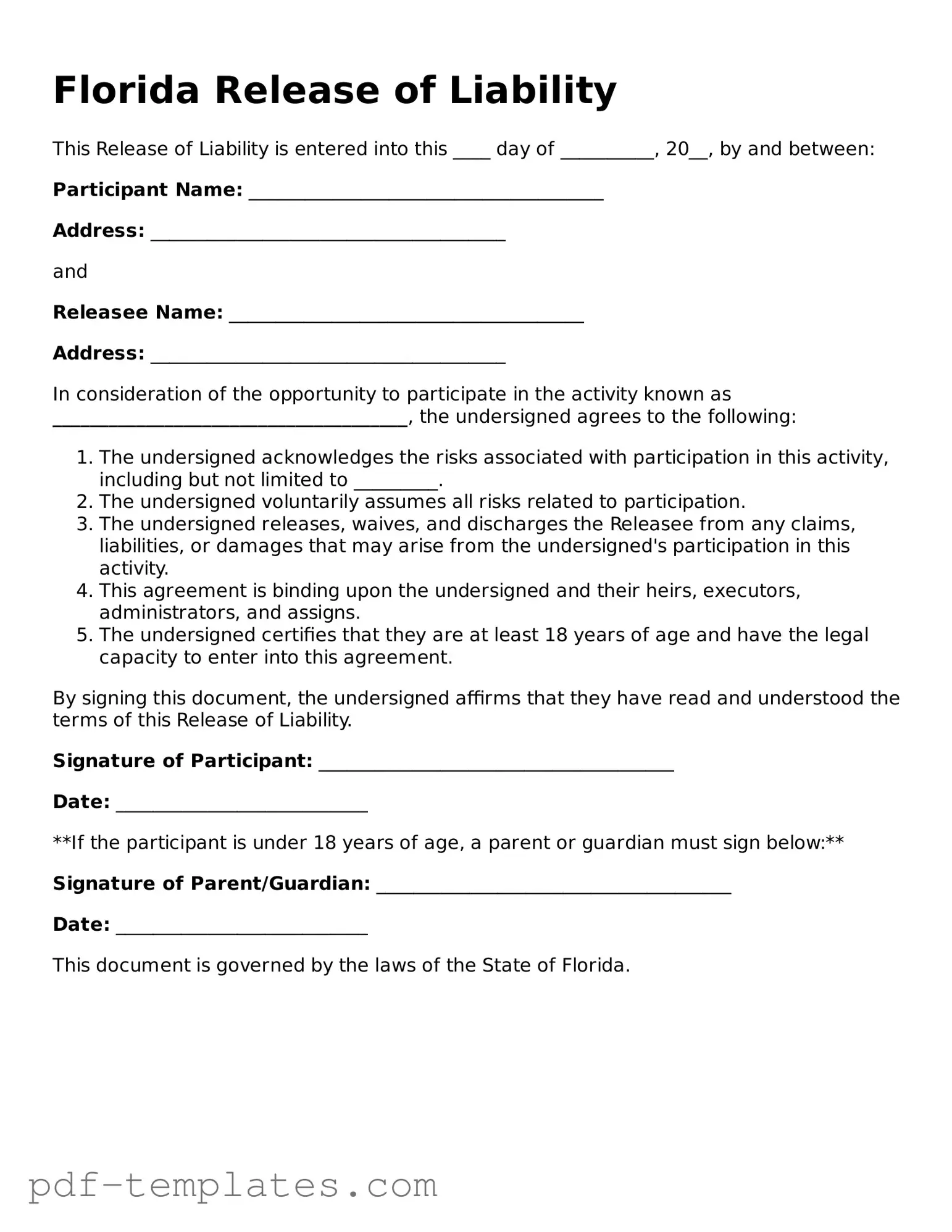The Waiver of Liability is a document often used in various activities, similar to the Florida Release of Liability form. It serves to protect an organization or individual from legal claims related to injuries or damages that may occur during an event or activity. Participants sign this document, acknowledging the risks involved and agreeing not to hold the organizer responsible. This mutual understanding helps foster a safer environment by ensuring that participants are aware of potential hazards.
A Texas Vehicle Purchase Agreement is a critical document in the process of buying or selling a vehicle, as it clearly delineates the terms agreed upon by both the buyer and seller. This agreement encompasses important aspects such as the sale price, vehicle specifics, and any warranty information, ensuring there is no confusion or misinterpretation regarding the transaction. For more detailed information on this form, you can visit https://documentonline.org/blank-texas-vehicle-purchase-agreement, which provides valuable insights into its structure and requirements.
The Indemnity Agreement shares similarities with the Florida Release of Liability form in that it transfers the financial responsibility for any claims or damages from one party to another. In this case, a party agrees to compensate another for any losses incurred due to specific actions or events. This document is often utilized in contracts where one party may face potential legal action due to the actions of another, thereby providing a layer of protection for the indemnified party.
The Consent to Participate form is another document that aligns with the principles of the Florida Release of Liability. This form is commonly used in recreational activities, sports, and events, where participants acknowledge the risks involved and voluntarily choose to engage. By signing this document, participants affirm their understanding of the potential dangers and agree to assume responsibility for any injuries that may occur, similar to the intent of a release of liability.
The Hold Harmless Agreement functions similarly to the Florida Release of Liability by ensuring that one party will not hold another party responsible for any claims or damages arising from a specific situation. This document is often used in contracts between businesses or individuals, where one party seeks to protect itself from liability associated with the actions or negligence of the other party. The hold harmless agreement provides clarity and security in various transactions and agreements.
Finally, the Medical Release Form is akin to the Florida Release of Liability in that it allows individuals to authorize the sharing of their medical information in specific situations. While it primarily focuses on medical consent, it also includes elements of risk acknowledgment. By signing this form, individuals recognize that they may encounter health-related risks during an activity and consent to the necessary medical treatment if needed, echoing the protective intent of a release of liability.
